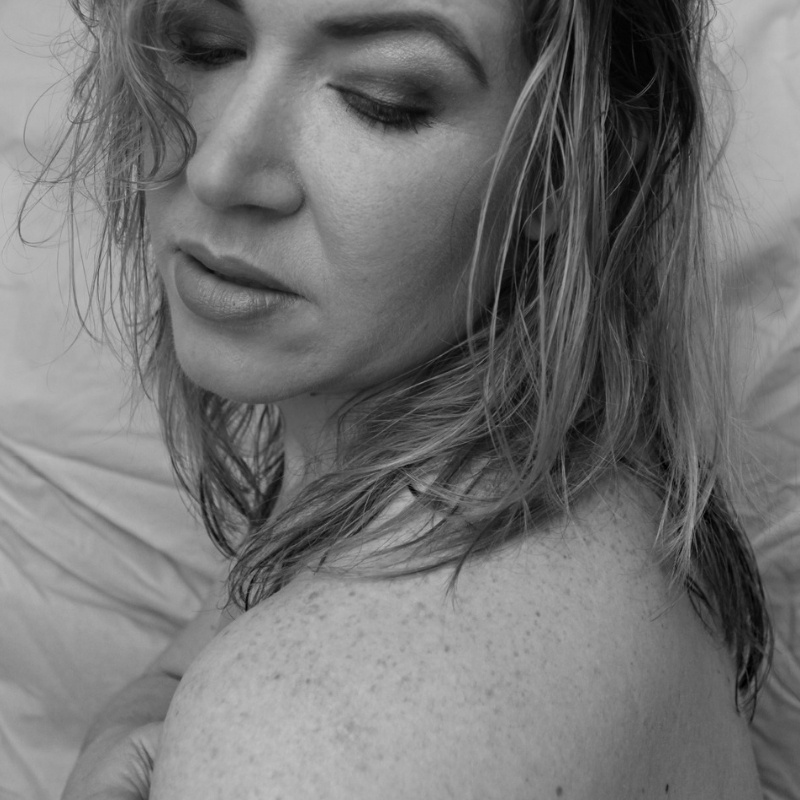It may seem like a silly question, but What Are Freckles?
Why do we develop freckles, tanning and dark spots on our skin?
I’ve had freckles all my life (most likely from my Irish heritage), but they are a very common skin occurrence.
Most freckles are nothing to be concerned about, but it is important that we understand why we get freckles and what it means when they show up on our skin.
Freckles are the skin’s response to being exposed to the sun’s ultraviolet (UV) rays. The sun produces several types of UV rays – UVA, UVB and UVC rays. UVC rays are quite dangerous and, lucky for us, they are filtered out in our atmosphere, so they do not reach the earth’s surface. Both UVA and UVB rays are long enough to reach us and they affect us in various ways.
UV Rays & Your Skin
UVA rays are the longest UV rays, which allows them to penetrate windows, clothes and deeper into the layers of our skin. While UVA rays can cause damage to cells and are responsible for the development of skin cancer and the signs of aging, UVA rays do not produce tanning, sun spots and freckles.
UVB rays are slightly shorter rays and reach the epidermal layer of our skin where our melanocytes live. Melanocytes are the cells that produce melanin, the substance in our cells that is responsible for the level of pigment in our skin. When melanocytes are exposed to UVB rays they produce excess melanin that results in our skin tanning or darkening. The tanning effect is the skin’s way of protecting itself from further damage.

We have all heard the myth about getting a “base tan” before summer to “protect” our skin. In reality, a base will only ever provide a sun protection factor (SPF) of 3 to 4.
As a recap, both UVA and UVB rays cause cellular damage that can lead to such conditions as premature aging and skin cancer. Only UVB rays cause tanning and freckling, while UVA rays do not produce this warning sign.
So, How Do We Protect Our Skin?
A few easy steps can go a long way in helping to keep your skin healthy and happy:
- Cover up – wear sun protective clothing when you are outside, and look for UPF ratings of at least UPF 30.
- Wear a broad-spectrum sunscreen year-round on the areas that are not covered by sun protective clothing. Again, it is recommended to use a sunscreen with an SPF of 30 or higher.
- Avoid being in direct sunlight during peak hours of the day when the sun’s rays are the most intense, usually between 10am and 3pm.
- Be a shade seeker when possible, and remember that when you see your skin darkening, it’s trying to tell you something. Your skin is giving a warning sign that you’ve had enough sun.
Facts About Sun Protective Clothing
Most available clothing is not sun protective. If fact, the standard white cotton T-shirt provides an ultraviolet protection factor (UPF) of only 5-7! (Side note: UPF is a similar rating to the SPF of sunscreen, but it is the labeling used for clothing and accessories)

I am frequently asked why we get farmer’s tans if most clothing is not sun protective. Now that you understand the difference between UVA and UVB rays, the answer is simple.
UVA rays are able to penetrate clothing without producing the tanning effect, while UVB rays are blocked by clothing. Similar to sunscreen ratings, sun protective clothing is labeled with the “broad-spectrum” sun protective rating that tells you the protection that it provides against BOTH UVA and UVB.
You will still see a “farmer’s tan” tan line with a cotton T-shirt, because UVB rays are not long enough to penetrate clothing. However, UVA rays are still reaching your skin and causing damage to your cells without producing the tanning effect.
Personal Advice For Choosing The Right Sunscreen And Sun Protective Clothing
The BEST sunscreen and sun protective clothing are simply the one’s you’ll wear.
Find what works for you, and what you can easily incorporate into your daily routine. Your skin will thank you.
Please comment or send me a note if you have any questions. I am passionate about skin health and sun safety and would love to answer any questions that you have.
Also make sure to check out my other posts under the Skin Care category for more info.
Like this:
Like Loading...
Related Posts






